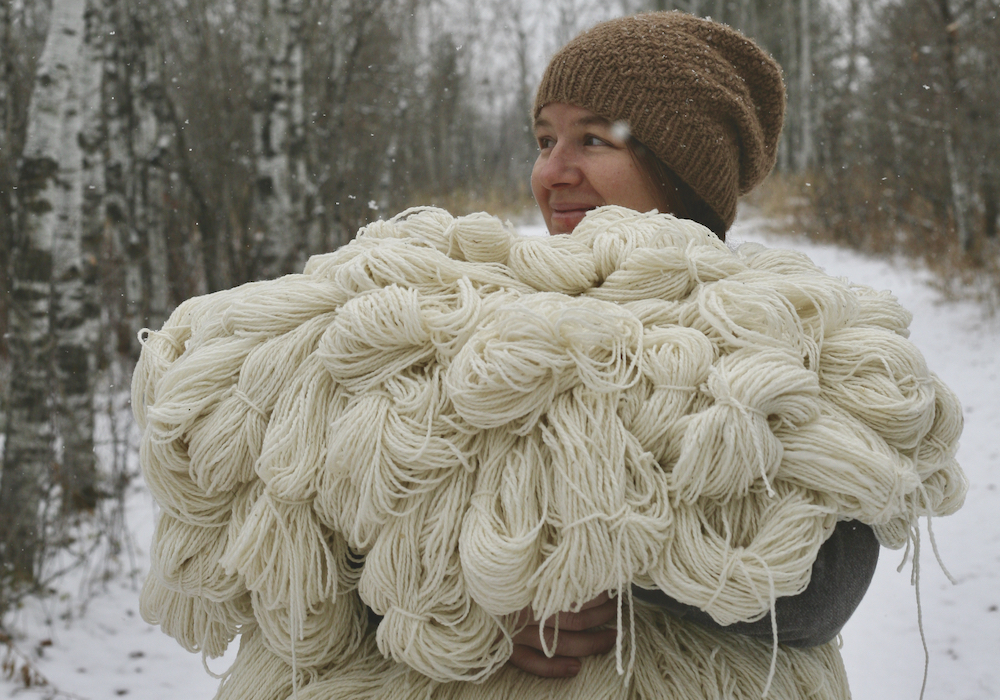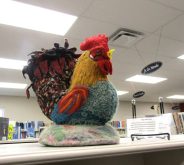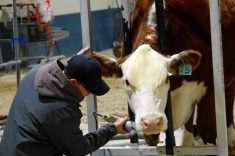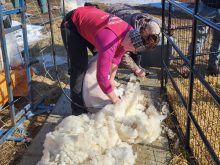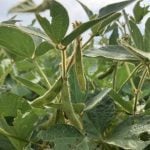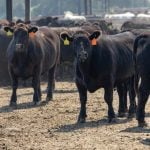[UPDATED: Apr. 18, 2023] Did you know that in Canada, many species of sheep are endangered species?
“I remember being shocked the first time I heard [that],” writes Anna Hunter. “I truly believed that was a status reserved for exotic animals like Bengal tigers.”
Hunter raises sheep and runs a small wool mill with her family in eastern Manitoba.
Read Also
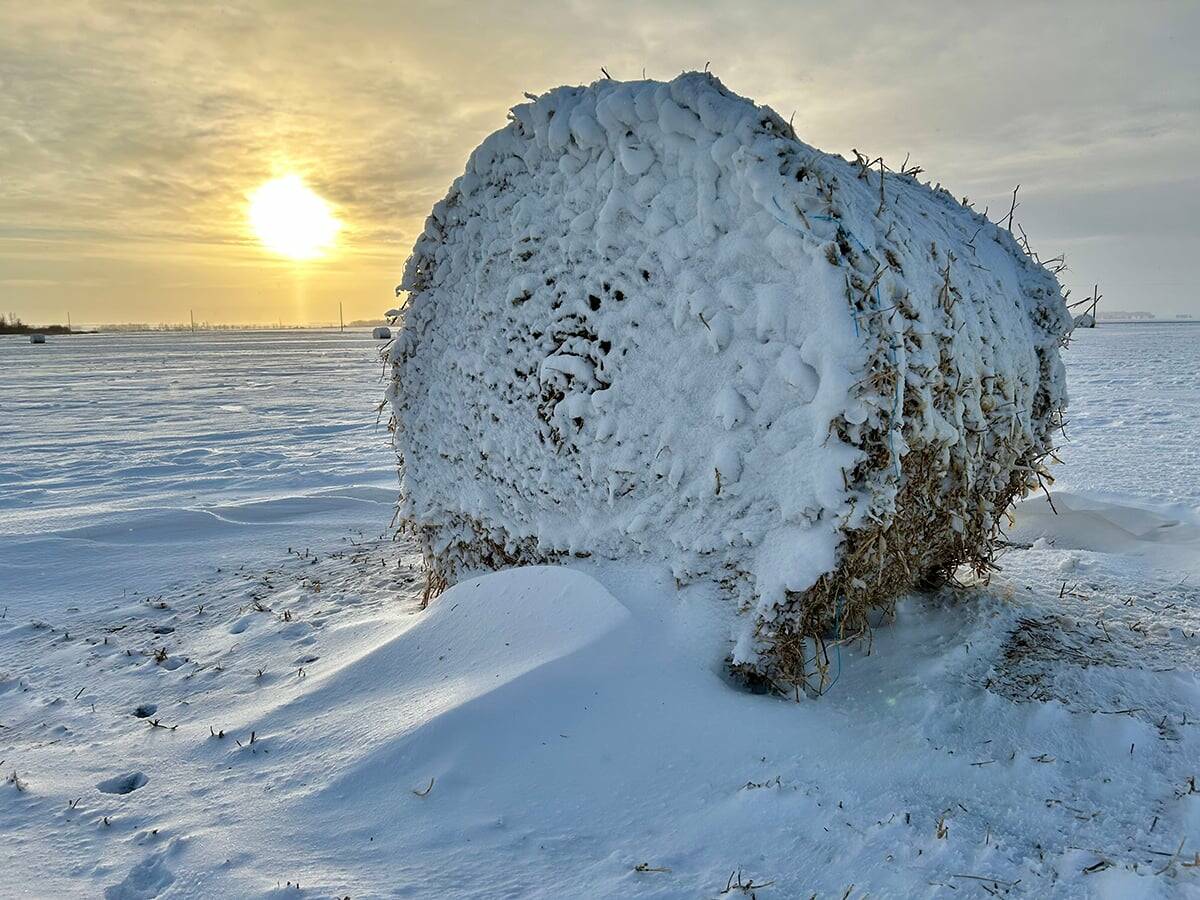
What is perfect Christmas weather?
What is ‘perfect’ Christmas weather on the Prairies? Here’s where you should head this holiday, according to historical weather data.
Discovering this, she writes in her new book, Sheep, Shepherd, Land, put her on a path to learn everything she could about the unique wool each breed produces, and to encourage their “use, purchase and preservation.”
The book, officially launched this month, details visits to wool-focused sheep farmers across Canada and describes the strengths of sheep from different regions. A sheep is not just a sheep and wool isn’t just wool, as the book recounts. Interspersed with lush photography from Hunter’s fellow sheep farmer, Christel Lanthier, it tells the stories of people working to revive a near-dormant industry.
The domestic sheep made its first documented appearance in Canada in 1604, Hunter writes. Throughout that early colonization period, sheep in breeds like the Cheviot provided food and clothing for settlers. An influx of British immigrants in the 1830s brought English breeds like the Cotswold and Hampshire, which were mixed with existing breeds.
The Canadian sheep herd peaked in 1931 with 3.6 million head, and a thriving domestic textile industry produced 12 million pounds of wool a year.
But changing fashion, the rise of synthetic fabrics, changes in trade policy and lack of capital led to a steep drop in the sheep herd and in wool production, Hunter writes.

In 2020, Statistics Canada recorded just over one million sheep, up from a low of 560,000 in 1977. Most of those sheep are destined for meat production. While Canada has one large-scale wool buyer, the wool isn’t worth much. Many farmers opt to burn or compost their wool.
In Hunter’s view, it’s time Canadian wool made a comeback.
Knitting, spinning, weaving and other fibre arts have made a massive resurgence since the early 2000s, she told the Co-operator. While statistics are hard to find, Hunter says she’s witnessed growth over the years — from customers at the yarn shop she used to own in B.C., to the crowds that flock to the Manitoba Fibre Festival in Winnipeg.
These fibre artists need material, but it’s challenging to find locally grown and manufactured wool in many yard stores, Hunter writes. Much of the knowledge and infrastructure to process the wool is gone.
Yet sheep and wool have many strengths. They fit neatly into regenerative agriculture systems, while producing “grass fed” materials for clothing that are, as Hunter points out, tiny carbon sinks. Each breed thrives in slightly different conditions and produces wool of varying textures and uses.

She envisions “regional, resilient fibre economies,” in which regional scouring mills provide fleece to existing small and medium wool mills (there are a few scattered across Canada), which would produce more yarn and innovative products like wool insulation.
While Hunter highlights many Canadian farmers — mostly women — who are building that dream, she’s not sure that supply and demand have reached critical mass.
“Not only do we need to build a new system, but we also need to start a new relationship with producers that has been somewhat damaged because of the lack of leadership,” Hunter said.
She calls on readers to seek local fibre wherever they live.
“Get to know your local fibre farmers and see what they’re doing on their farms to build community, transparency and environmental regeneration.”
Sheep, Shepherd, Land officially launched at an event at Kilter Brewery in Winnipeg on April 2. It’s available for pre-order from the publisher at shop.ninetenpublications.ca.
*Update: Source credits for the sheep marketing graphic were corrected.


